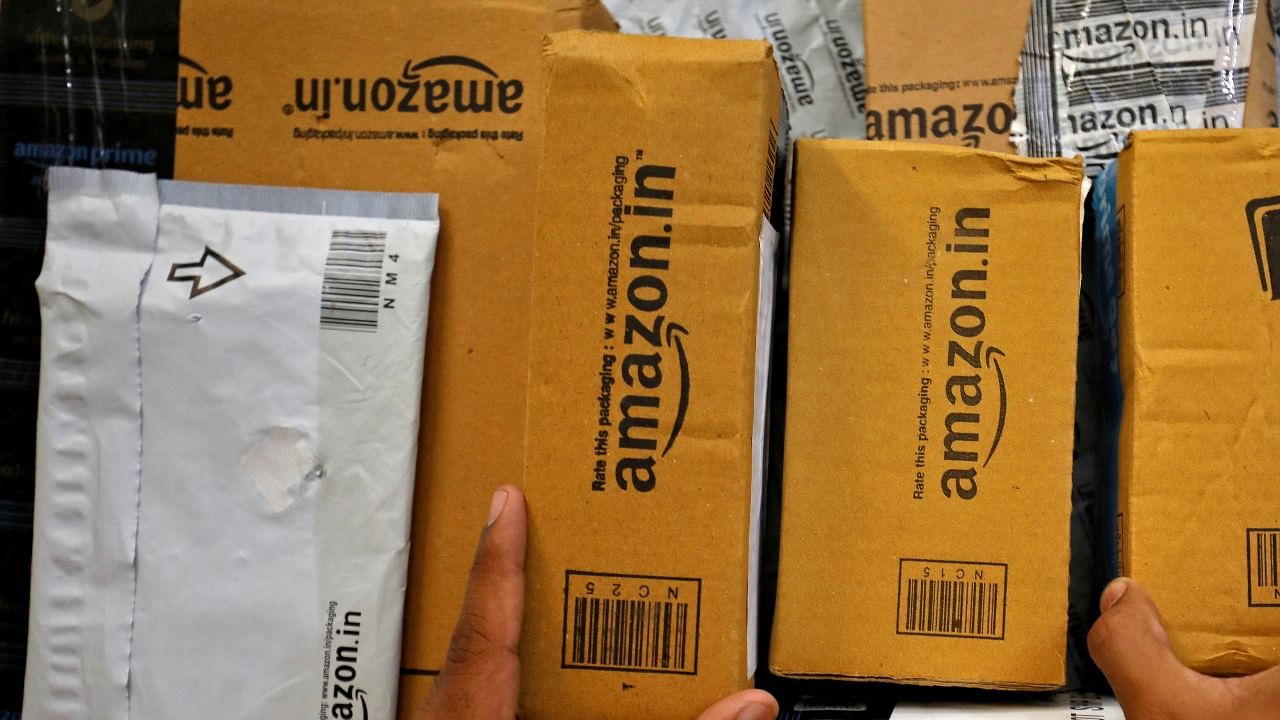
India’s last mile emissions per delivery (285 gCO2) are significantly higher than the global weighted average (204 gCO2), found a study. Furthermore, the five Indian metro cities—Delhi, Mumbai, Kolkata, Bangalore, and Chennai—emit more CO2 in their last-mile deliveries, than the last mile delivery emissions of entire countries such as France and Canada.
Last mile delivery is what the phrase suggests: it refers to the last leg of a delivery track—the final portion of distance the package will travel between the warehouse and the customer’s house. If you have seen any e-commerce platform’s vehicles doing delivery in your neighbourhood—that’s the last mile delivery happening.
According to new research, conducted by Stand.earth Research Group and commissioned by Clean Mobility Collective, the higher figures for average per-parcel delivery in India, when compared to global or European figures are concerning. This increase could probably be attributed to the greater congestion in Indian cities, when compared to other regions. India would benefit from ensuring an ambitious transition to electric for its last mile delivery.
This would also mean cleaner air in congested cities, reduction in carbon emissions, and savings for the gig workers. The e-commerce majors need to enable this transition considering their impact and future growth plans.
“The short trips that millions of delivery vehicles take every day have a disproportionate impact on pollution, smog, air quality, and, ultimately, our health, as well as our ability to achieve a zero-emission future. It is critical that businesses collaborate with our governments to come clean about their emissions and commit to clear, time-bound plans to reduce them,” said Siddharth Sreenivas, Clean Mobility Collective India Coordinator.
Acknowledging the challenges faced by the sector, Atul Mudaliar, Head of Business Actions India, Climate Group said: “This is not just an e-commerce or a delivery sector problem, it is an industry-wide gap globally. Scope 3 emissions, referring to emissions from the extended supply chain including sub-contracted last mile delivery partners, outside a company’s direct control are intractable, they are most difficult to quantify and hence least reported. Much of the industry’s focus has been on managing Scope 1 and Scope 2, which apply to internal emissions within the companies’ operations, as they are easy to start but the approach is slowly changing and will need to change even faster. If Scope 3 in e-commerce is a big driver of emissions, then the industry should invest in transparent accounting and disclosures.”